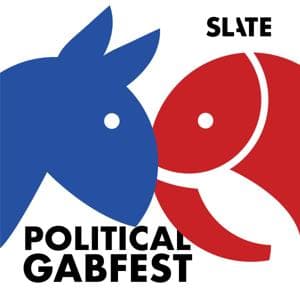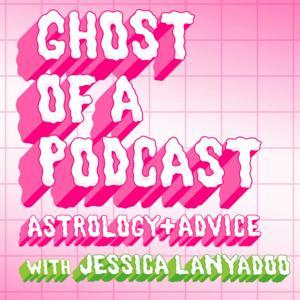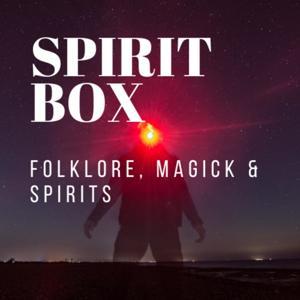We confront this most terrifying item of magical equipment, to explore what makes it so volatile, considering: my first experience of Ouija; the tendency of Ouija to creep into more direct forms of manifestation; the lifelong impact of these experiences; an example of a very physical manifestation; the tendency with Ouija for things to get out of control; obsession and the possibility of harm; comparison of the Ouija with other magical systems; tarot, runes, and the I Ching versus the Ouija; the lack of any system or wisdom in the Ouija; a mixture of divination and evocation; the pendulum and the Forty Servants versus the Ouija; how the onus of safety falls upon the Ouija operator; William Benjamin Carpenter and the ideomotor reflex; the ideomotor reflex as a classic example of “explaining away”; the magical dimension of the ideomotor reflex; a recent (2018) experimental study of the Ouija using eye tracking equipment; the theory of Ouija messages as an “emergent property” of its operators; belief in the Ouija and lowered “sense of agency” (SOA); SOA as a potential but risky magical technique; effective Ouija usage as a balancing of SOA; Aleister Crowley on the Ouija board; using magickal protocols with the Ouija; an example of a working to communicate via Ouija with a djinni; some simple techniques for “locking down” Ouija communications; J. Edward Cornelius on the magical mindset required when using the Ouija; a consistent application of will, thought, and imagination, in order to create an ideal balance of SOA.
Marc Andersen et al. (2018). Predictive minds in Ouija board sessions, https://tinyurl.com/ytxes9e3(springer.com). Accessed June, 2022.
Duncan Barford (2010). Occult Experiments in the Home. London: Aeon.
Duncan Barford (2020). Summoning the djinn. In: Even More Occult Experiments in the Home. Hurstpierpoint: Heptarchia.
William Benjamin Carpenter (1852). On the influence of suggestion in modifying and directing muscular movement, independently of volition, https://tinyurl.com/3enfb5cf (wellcomecollection.org). Accessed June, 2022.
J. Edward Cornelius (2005). Aleister Crowley and the Ouija Board. Port Townsend, WA: Feral House.
Aleister Crowley (1917). The Ouija board, https://tinyurl.com/2p9f3hnh (hermetic.com). Accessed June, 2022.
Tommie Kelly (2022). The Forty Servants, https://tinyurl.com/2p87es2p (adventuresinwoowoo.com). Accessed June, 2022.
Nuke’s Top 5 (2022). The Norwegian ghost, https://tinyurl.com/sb863ftz (youtube.com). Accessed June 2022.
OEITH is now available as a book. 600 pages. 270,000 words. All episodes lovingly transcribed, referenced, and indexed. Available from major online booksellers, including Amazon US and Amazon UK.



































